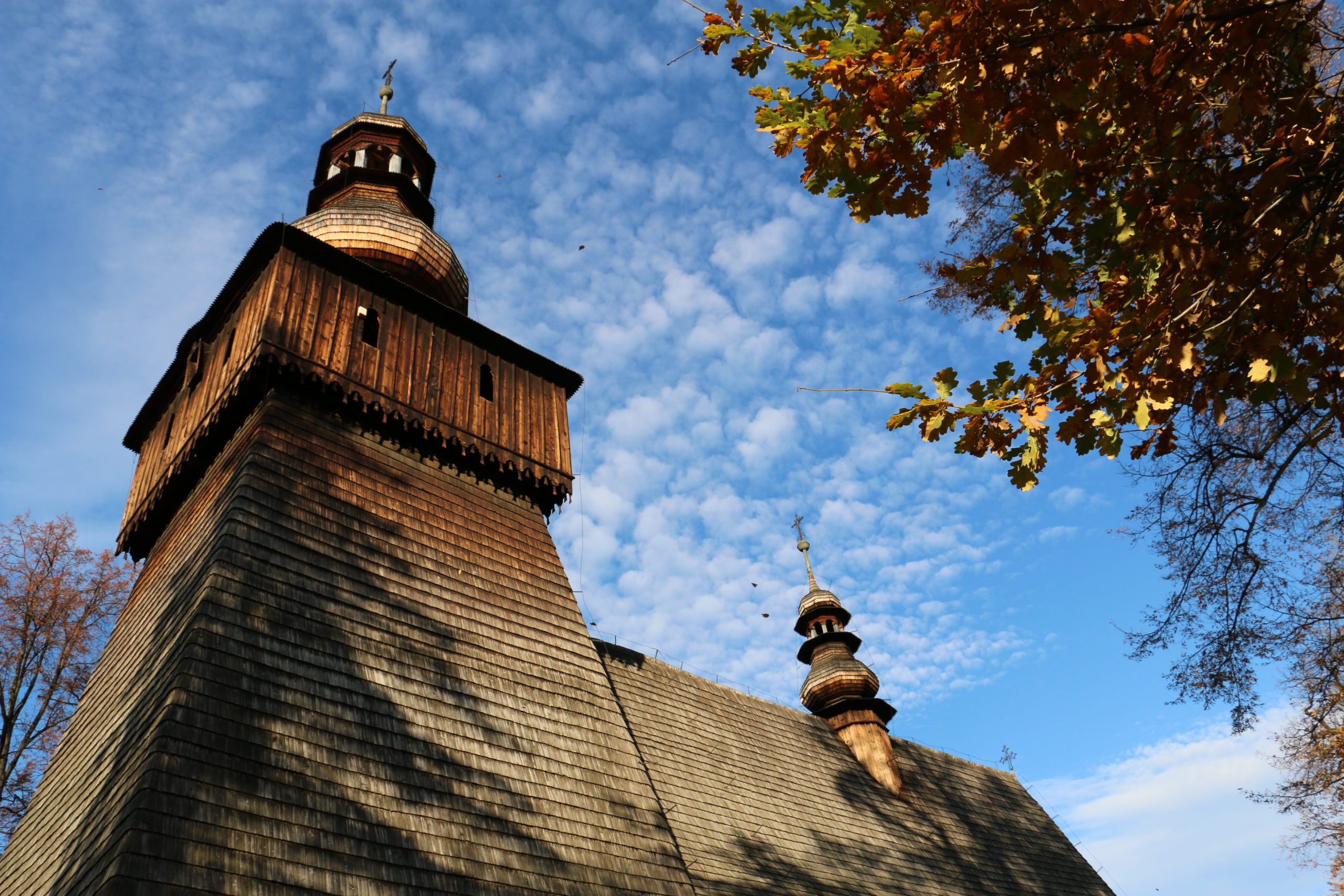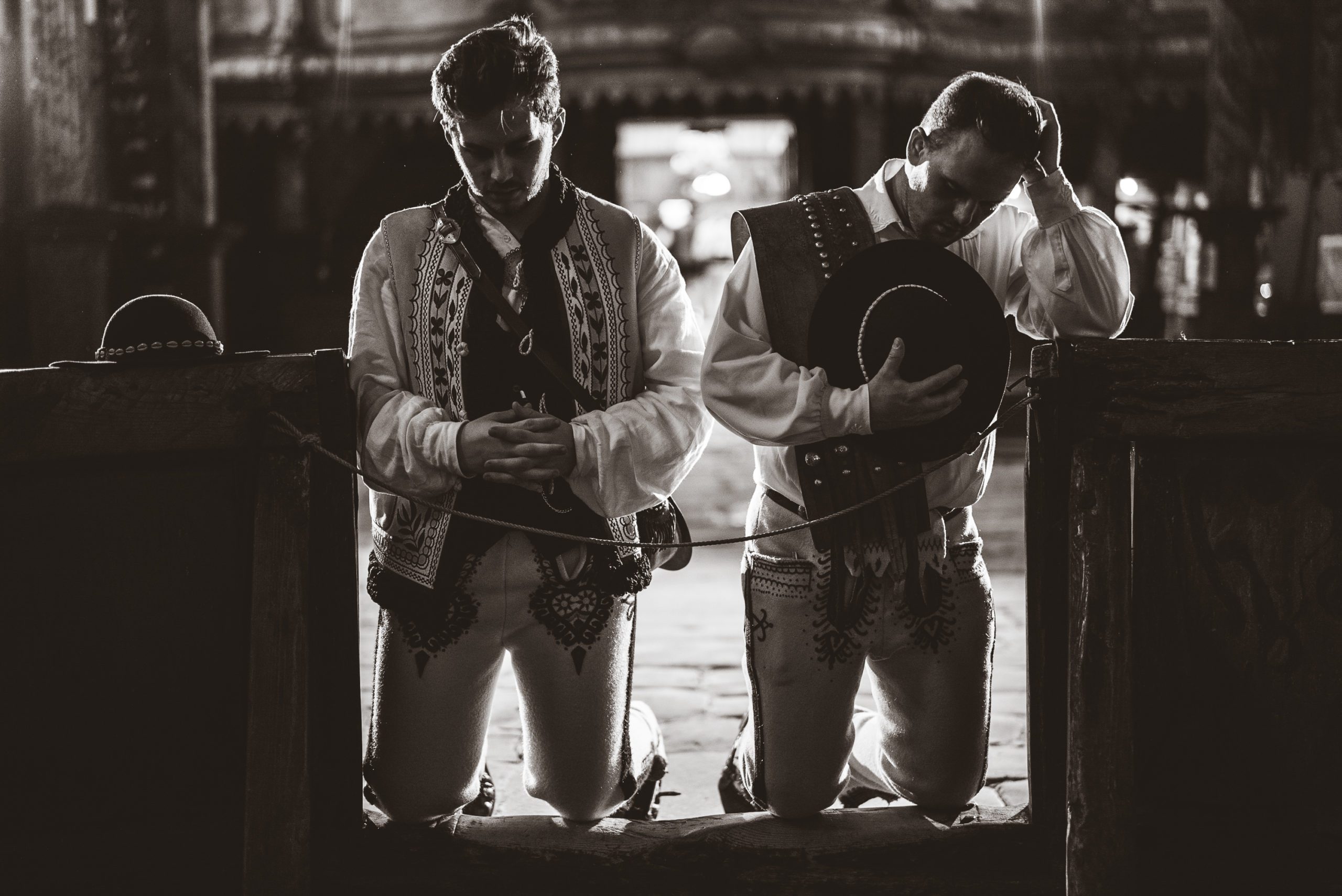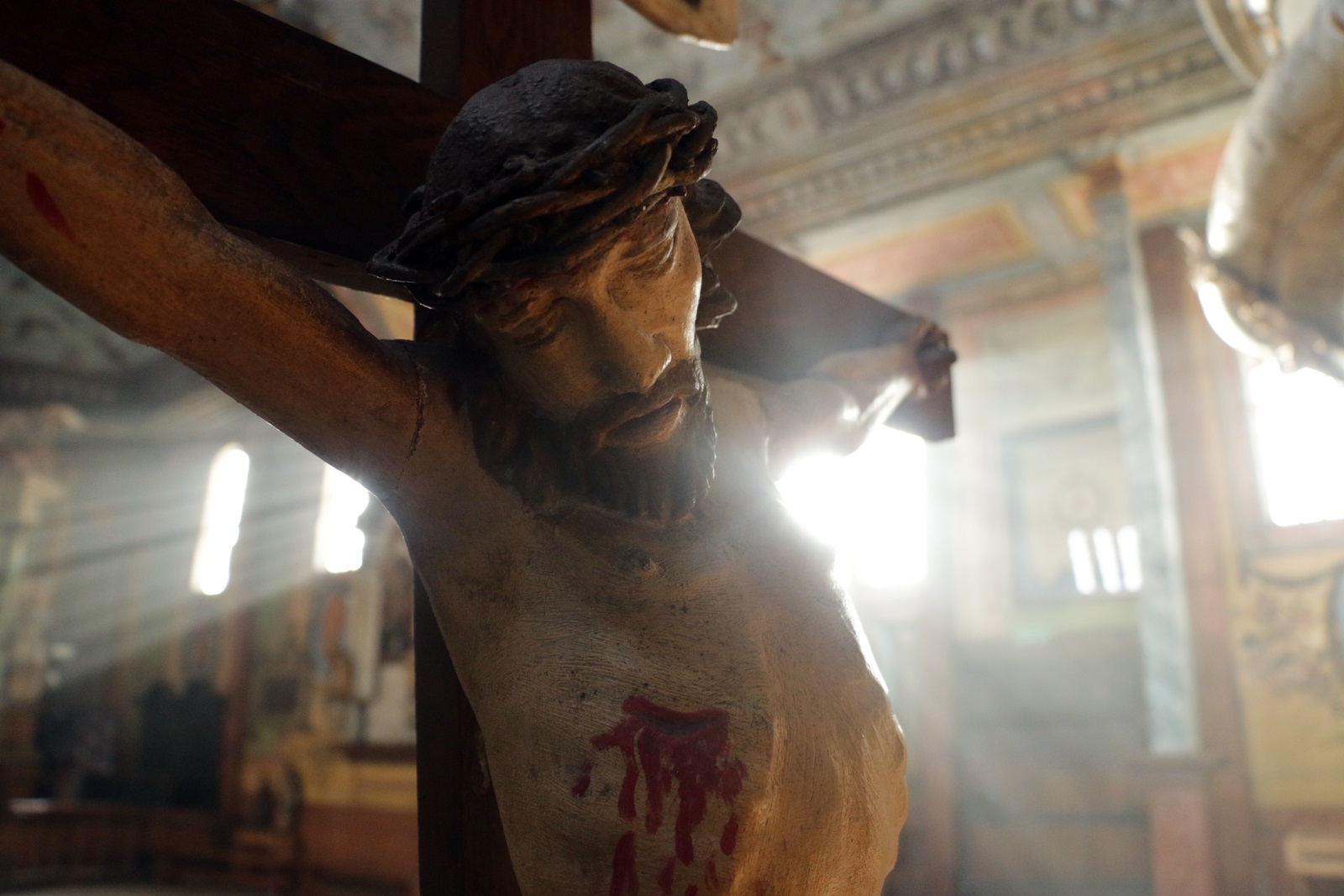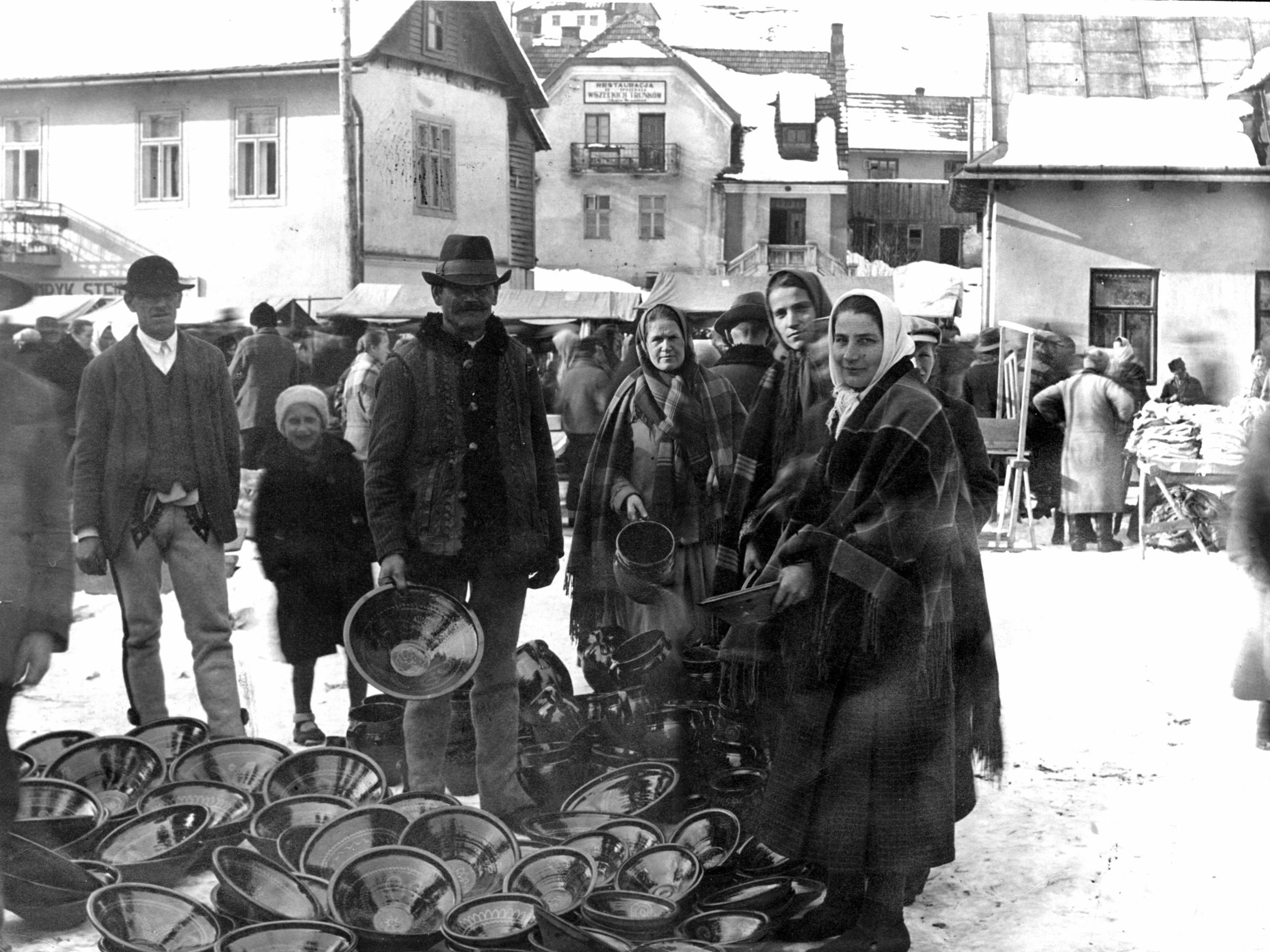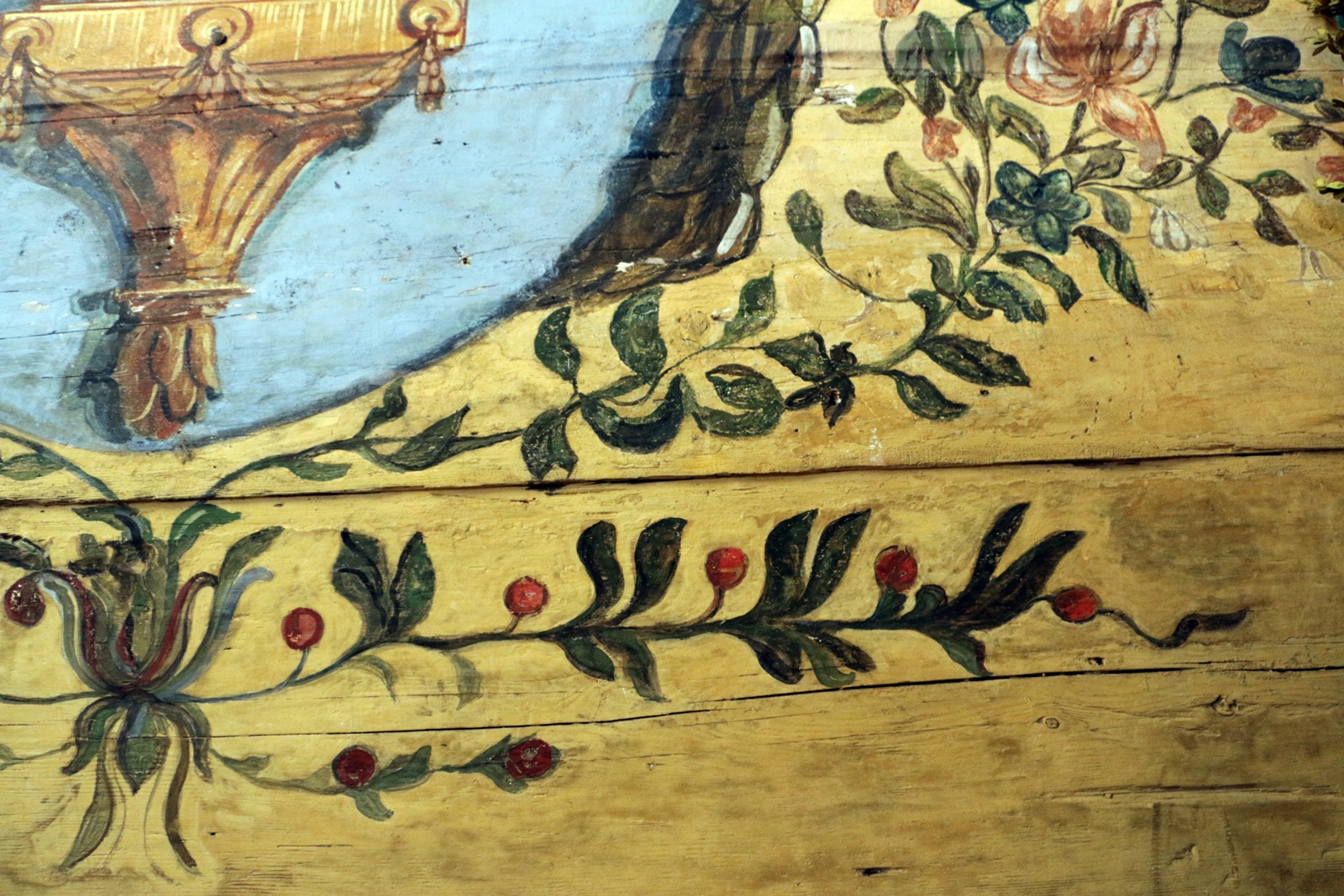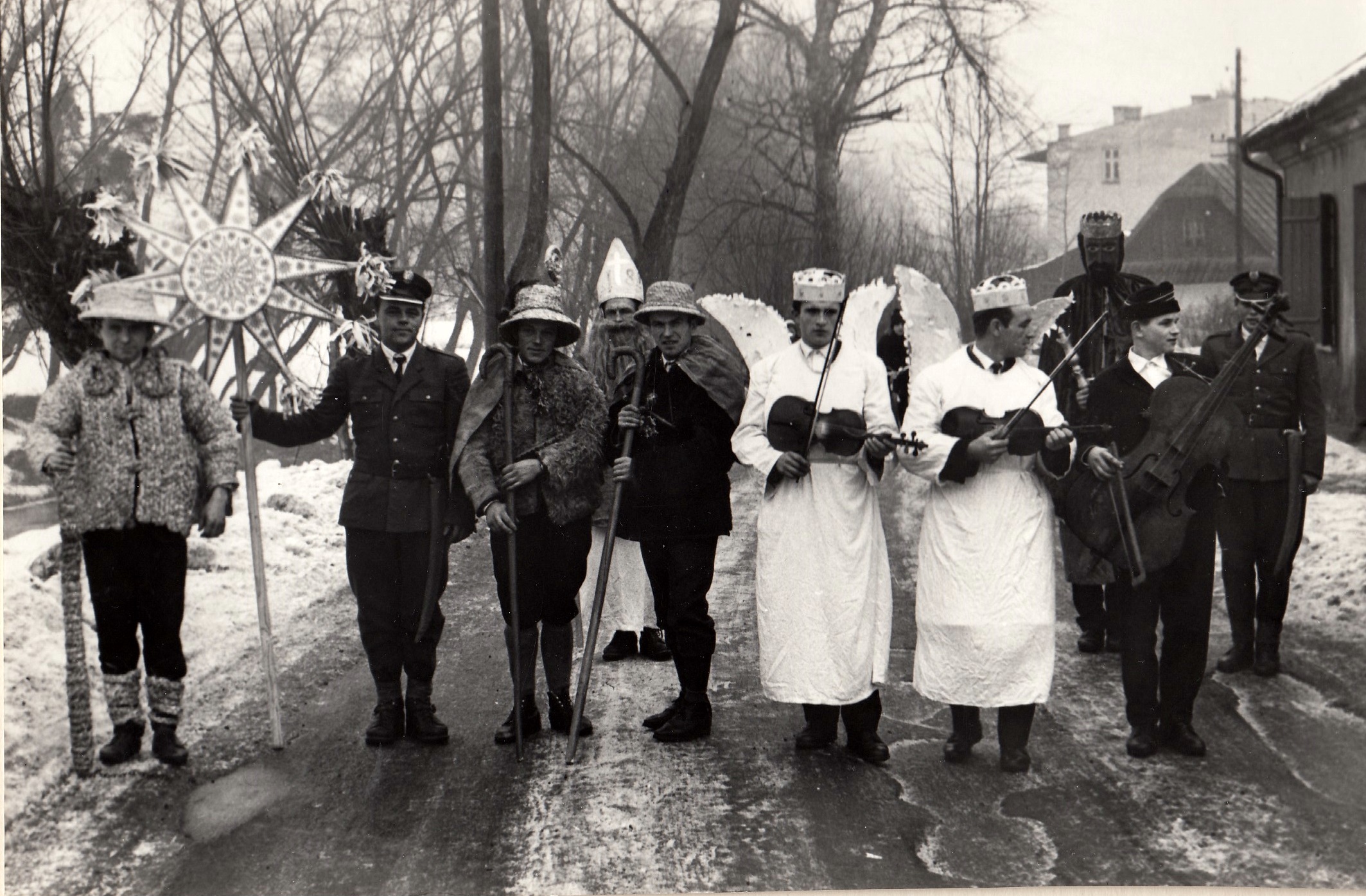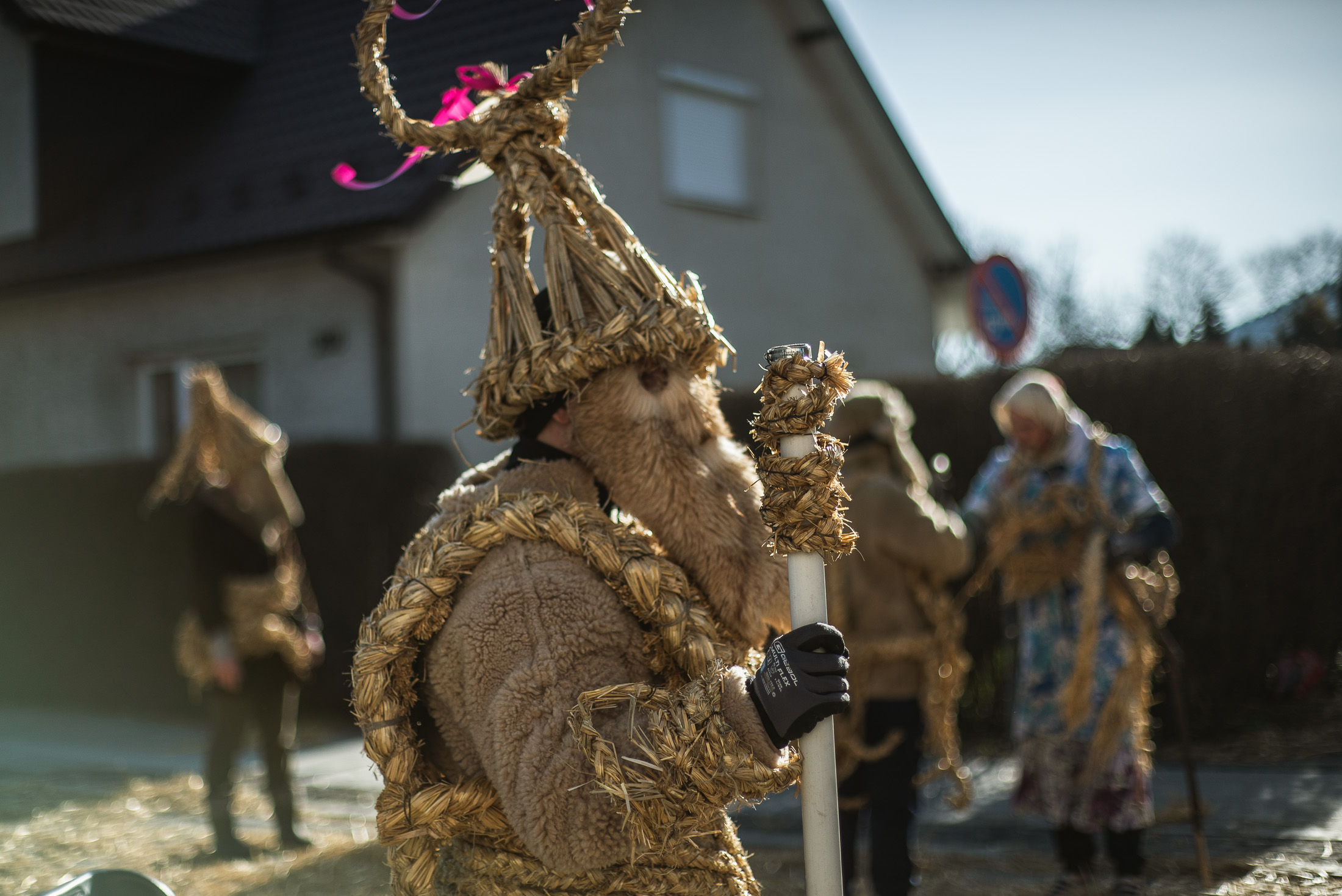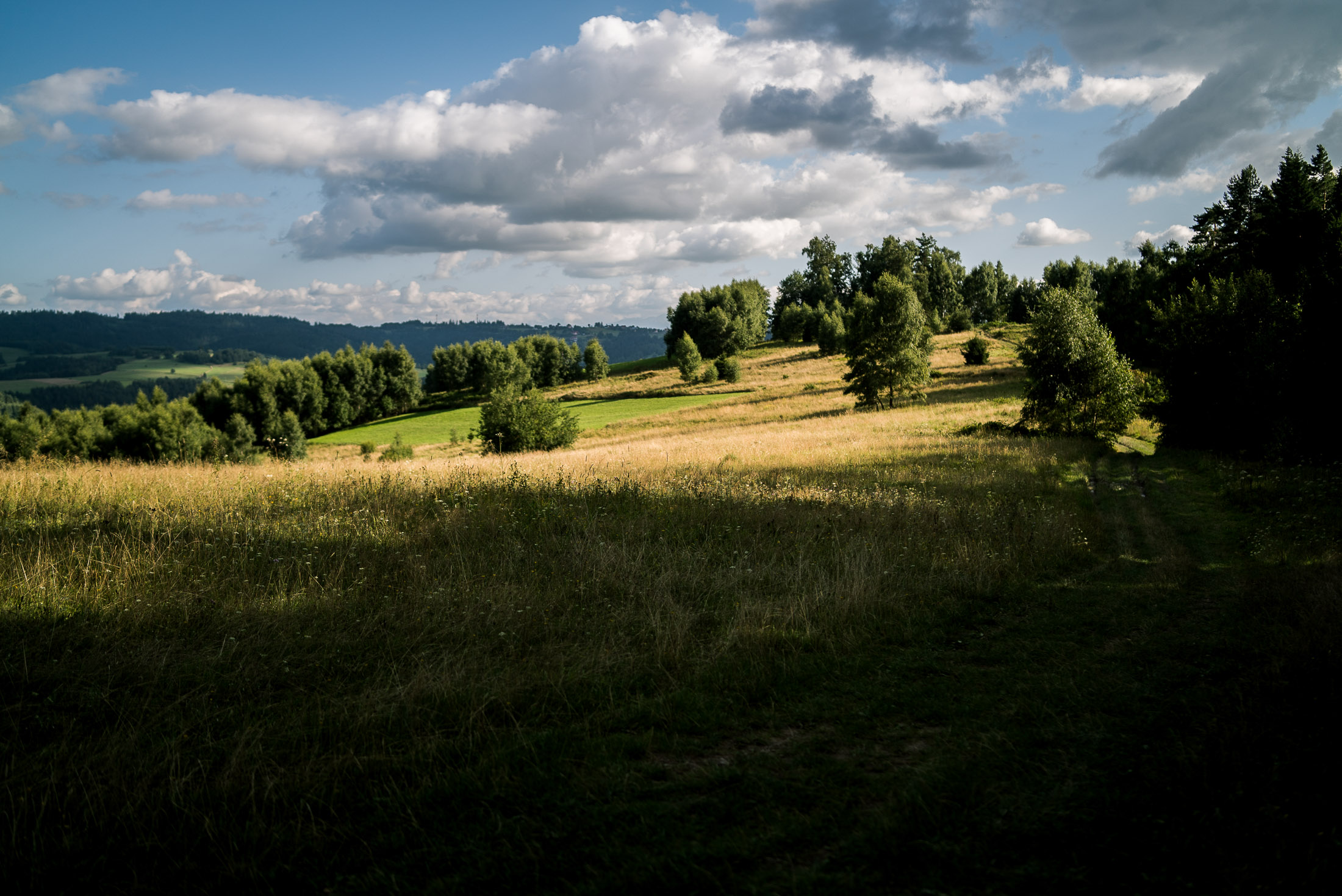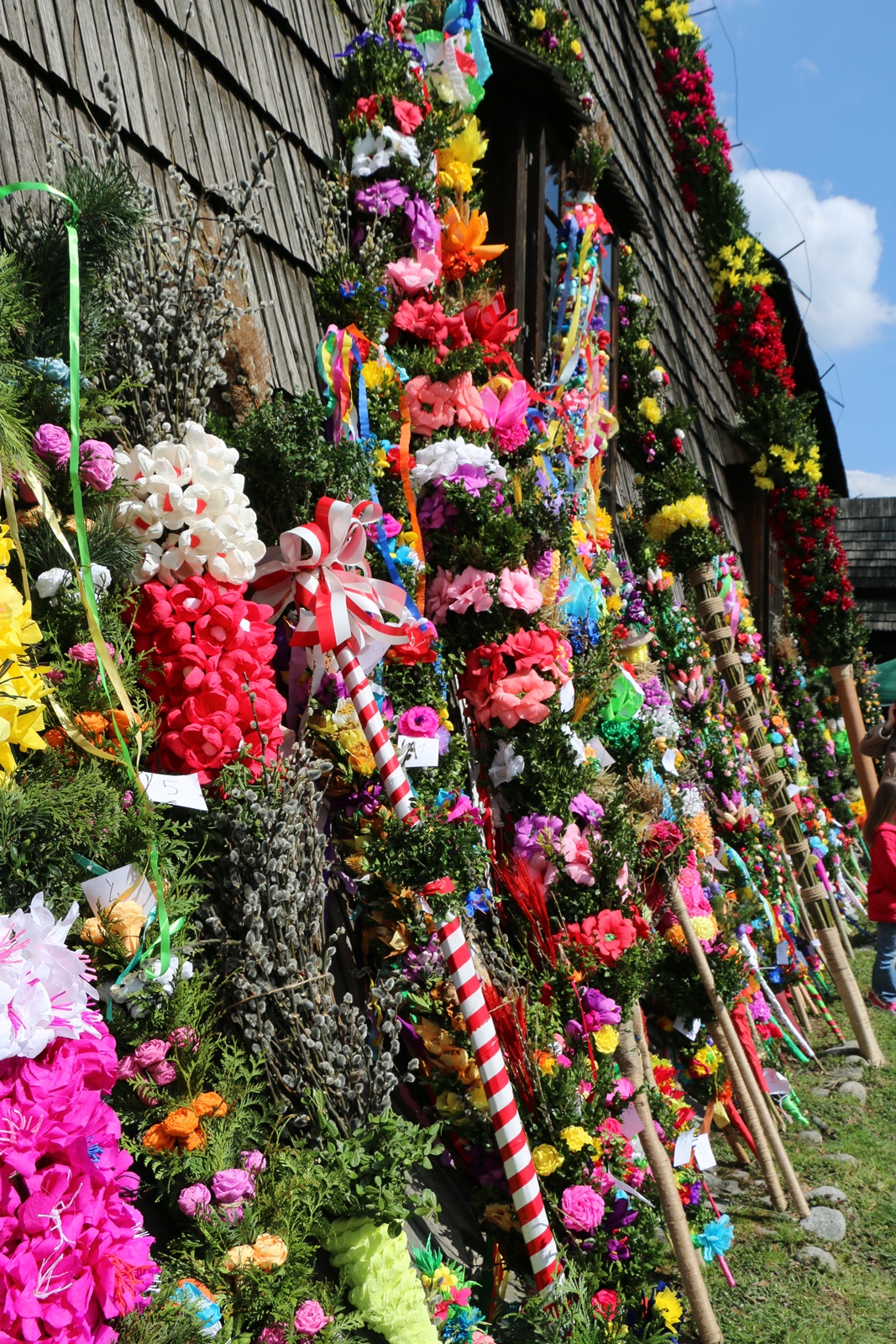The first church in Rabka was built by the order of Spytek Jordan from Melsztyn – a high noble from Kracow and the owner of Rabka. It did not stand the test of time, as it was destroyed by a flood in the late 1500’s.
The presently standing church building was built during the years from 1600 to 1606 by highland carpenters at the same location. A parish cemetery was located on the grounds around the building starting in 1621 and continuing to be used up until the early 1800’s. From 1644 until the late 1770’s the appearance of the church changed into a mix of the Baroque style with Rococo elements. Experts have expressed the opinion that the building is the best example of this style in all of greater southern Poland.
The interior is adorned with pieces from the 17th, 18th, and 19th century; the Crucifixion group is from the early 1600’s; there is a late Baroque side altar surrounded by Gothic paintings of Mary and the infant Jesus with a golden engraved background; the side altars are in the Rococo style; and finally, the High altar in a neo Baroque style. The careful viewer will find that all these unique architectural and artistic works deserve attention.
The church walls are decorated with artistic polychromes by Andrzej Antalkiewicz made in 1802, who was the parish priest as well as being a painter. There are also the remnants of some polychromes from 1628. Some of the most valued artifacts are the choir balcony and organ assembly dating from 1778. It bears mention that this instrument still works well, and organ concerts are held during the summer months.
The property is surrounded by an 18th century stone wall, with three entrance gates, and fourteen chapels which depict the stations of the Cross. Within the walls stand ash, oak and linden trees dating from 1637 which are considered of local historical importance. The church continued to be used as a place of worship until 1908.
Wyszukiwarka
Jesteś tutaj:






